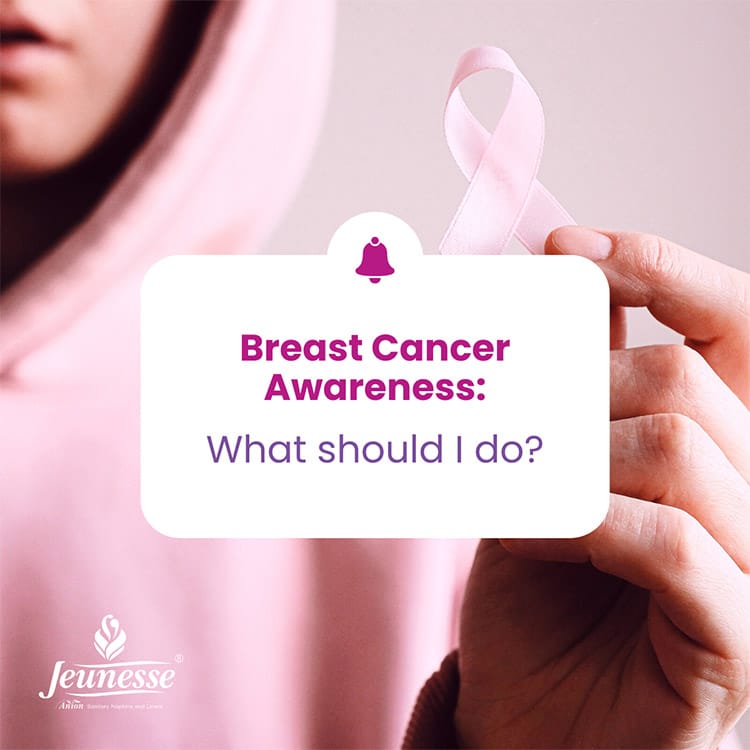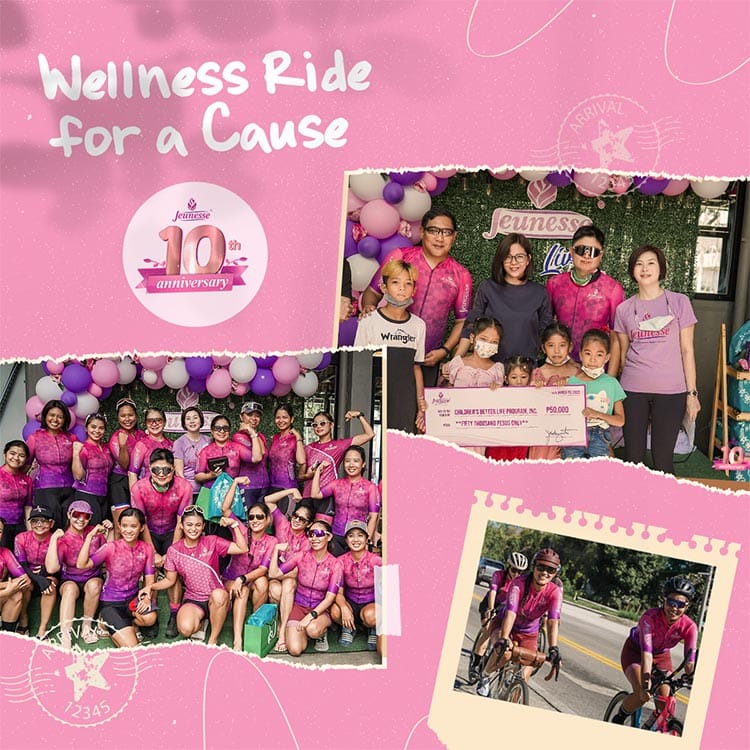Breast Cancer Awareness : What should I do?

Breast cancer is the most prevalent form of cancer in women in the Philippines, according to the Department of Health. Breast cancer is estimated to affect three women out of every 100 before they reach the age of 75. (Philippine Society of Medical Oncology).
Breast cancer is listed as the most prevalent type of cancer in the Philippines and has the highest incidence rate at 17.6%, followed by lung cancer at 12.2%, according to the World Health Organization’s Cancer Country Profile 2020.That’s why preventing breast cancer is so important.
As a woman you probably want to take every precaution to reduce your risk of developing this disease. While genetics plays a significant role in your potential for developing breast cancer, there are other factors you can control to decrease your risk. Read on for helpful insights about how to prevent breast cancer as well as ways you can help detect it early if it comes calling on you or someone you love.
What are the risk factors of developing breast cancer?
The risk factors for developing breast cancer include but are not limited to: Age – the risk for developing breast cancer increases as you age — the risk for women over 40 is 90%. Family history – if one or more female members in your immediate family (mother, sister, aunt) have been diagnosed with breast cancer, your risk for developing breast cancer is higher. Certain genes – BRCA1 or BRCA2 gene mutations have been linked to increased risk for breast cancer. Exposure to certain chemicals or toxins – exposure to radiation and certain chemicals such as pesticides and dioxin may increase your risk of breast cancer. Having had a full-term pregnancy – having one child may decrease your risk of breast cancer, while having two or more may increase it.
Researching and maintaining a healthy weight
Maintaining a healthy weight plays a significant role in reducing your risk of developing breast cancer. Research shows that women with a healthy weight have a lower risk of breast cancer compared to those who are overweight or obese. The significant risk comes from being obese, which is defined as having a BMI of 30 or higher. Having a BMI under 25 may reduce your risk of breast cancer by 50%. The best way to maintain a healthy weight is to eat a nutritious diet rich in whole foods and exercise regularly. However, if you are overweight or obese, it’s important to talk to your doctor about the best way to start a weight-loss program without compromising your health.
Maintain an exercise routine
Exercise is an important part of maintaining a healthy weight. It also helps reduce stress, strengthen your bones, and improve your mood, which may lower your risk of breast cancer. It’s best to engage in moderate-intensity aerobic exercise for at least 30 minutes five times a week. It’s also important to include strength training exercises two to three times a week to increase your muscle mass and reduce your risk of osteoporosis. Exercising has been linked to a lower risk of breast cancer in both pre- and postmenopausal women. Aerobic exercise has been found to have a lower rate of breast cancer than resistance training. When it comes to breast cancer, it’s about endurance, not lifting heavy weights. In fact, studies have shown that resistance training may increase your risk of breast cancer.
Snacking smart with whole foods
Breast cancer is often linked to obesity, and obesity is linked to poor eating habits. Over-consuming processed foods and sugar-sweetened beverages as well as eating too little fibre may increase your risk of breast cancer. There are many healthy foods you can eat to help prevent breast cancer. These include legumes, whole grains, fibrous vegetables, and fatty fish. Research shows that eating two portions of fish per week may decrease your risk of breast cancer by up to 25%.
Get yourselves checked!
Although it doesn’t help prevent cancer, breast cancer screening with mammograms can save a life as it can help find cancer early when it’s more treatable. Most women should get yearly mammograms starting at age 40. Women at higher risk for breast cancer may need to start mammograms earlier.
So it’s best to discuss any potential breast cancer risk factors with a doctor by the time you turn 30 and determine whether you would benefit from earlier screening. It is not advised to perform routine breast self-exams for screening. They have not been discovered to be advantageous. But you should be aware of how your breasts feel and look so that you can notify a medical professional right away if either of those things changes.
Conclusion
Breast cancer is a devastating disease that has affected many women throughout the world. While genetics plays a significant role in your potential for developing breast cancer, there are other factors you can control to decrease your risk. By following a healthy diet, exercising regularly, and maintaining a healthy weight, getting yourselves checked, you can significantly lower your risk of developing breast cancer. By knowing the risk factors and taking the proper precautions, you will have a better chance at preventing this disease and keeping your breasts healthy and happy for many years to come.
Rivas, T. (n.d.). Let us unite in the fight against breast cancer! National Nutrition Council. Retrieved October 25, 2022, from https://nnc.gov.ph/regional-offices/luzon/national-capital-region/6245-let-us-unite-in-the-fight-against-breast-cancer 8 ways to prevent breast cancer. Siteman Cancer Center. (2022, October 10). Retrieved October 25, 2022, from https://siteman.wustl.edu/prevention/8-ways/8-ways-to-prevent-breast-cancer/





